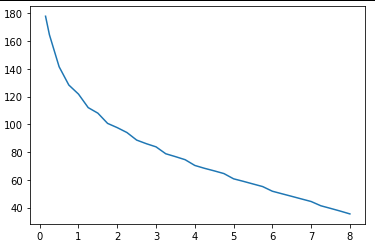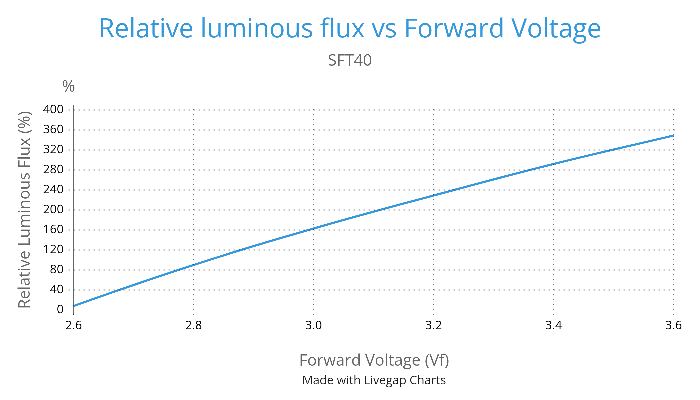Well, this topic is going in several directions (and I must admit that this is good news), so I will try to keep things organised.
- Considering standlight.
For now, I have a supercapacitor that charges through a diode, from the voltage of 2 leds over 3, wired in series. Can be seen here (D8, D9, D10, C4, R4) Another Dynamo bike light (front + rear + standlight)
The supercapacitor discharges in one led through a resistor. It gives a very long standlight, but wastes some power and almost half of the energy stored in the superC (as it won’t give anything once it goes below Vf)
Thats why I though, for the next build, about a similar thing as you said. To discharges the superC in one Led, using a buck-boost. But I struggle to find one (using ti webench) that will admit 0.5 to 9V input, with correct efficiency.
A little arrangement of one tiny C in // with big R could sense when the dynamo is running. Putting a relay across this could trigger the stanglight circuit, so that it does not disturb the rest of the circuit in normal use.
- Beam
Reflectors are great (well, I guess as I never used one), but they have the tendency to be round, which is not ideal for road use 
That is why I consider using various carclo lens (10203, 10049 or 10759). They give an elliptical beam, which are better for road use, and only some tests will tell me which is better (obviously the bigger the narrower the beam, but I also want this build to stay rather compact)
One guy did similar things one reddit, I will ask him about his optics and how he got this cut-off.
https://www.reddit.com/r/flashlight/comments/gdgetx/my_front_bike_lights/
https://imgur.com/a/dVrScNz
- Efficiency
Actually that is what I did. If you consider (Lumen_output (O)) / E_power (P), you get :
O / P = (O/i) / (P/i)
Considering O/i, the second curves tells you it is a decreasing function of i. This is why two leds ridden at a fixed current will give more light than one led at twice this current. Also why running a led with pwm gives less lumen output than a constant but lower current.
Considering P/i = U*i/i = U : It is an increasing function of i.
In the end, a decreasing function divided by an increasing function equals a descreasing function. Hence, the better efficiency at low currents.
Otherwise you can just plot the data given by texas_ace in his tests, you get something like this. (y = lumen/W ; x = current) for a nichia 219c.

This “problem” here is that he never goes below 0.15A, with is not that low when you consider standlights. Plus nothing says that the efficiency keeps on increasing when you decrease the current (which is in fact what thefreeman measured.


